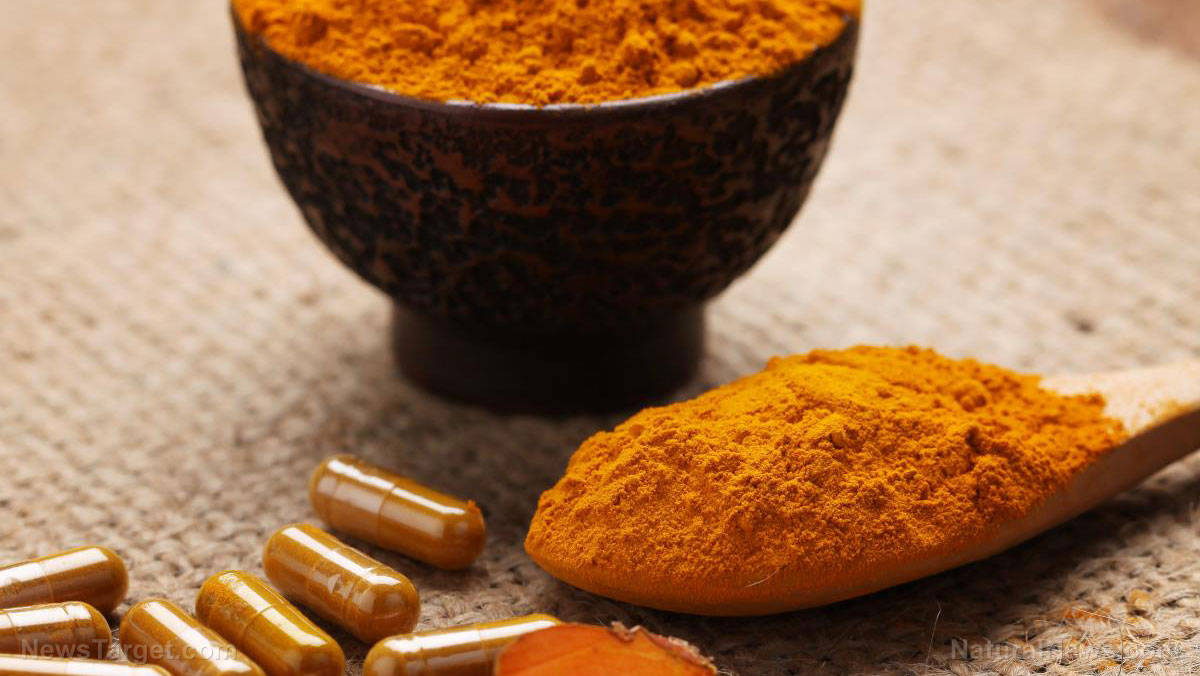Vitamins that help manage the symptoms of fibromyalgia
04/14/2019 / By Edsel Cook

Everyday vitamins and minerals take on a whole new level of importance if a person is afflicted with fibromyalgia. Increasing the daily intake of these essential substances can alleviate the pain and depression caused by this widespread medical condition.
Fibromyalgia causes non-specific chronic pain throughout the musculoskeletal system. It has many other associated symptoms, the most common of which are severe cases of fatigue and depression. Due to the large number of fibromyalgia’s potential symptoms, there are very few single therapies that can provide complete pain relief.
Patients who are being treated for fibromyalgia can try out supplements that assist with specific symptoms. Essential oils can provide pain relief and improve sleep, energy boosters can increase energy levels, and fish oils can decrease inflammation.
Researchers believe that patients are suffering from a deficiency in essential minerals. They theorize that such a mineral imbalance can be responsible for the onset of fibromyalgia.
Some of these essential vitamins and minerals are calcium, iron, magnesium, manganese, and vitamin D. It stands to reason that taking steps to normalize the levels of these substances and maintain those healthy concentrations can reduce the symptoms of fibromyalgia or even prevent it. (Related: Soursop leaves may alleviate symptoms of fibromyalgia.)
Increase your vitamin D intake through supplements or sunlight
Vitamin D appears to be closely linked to fibromyalgia. Most patients are women with ages ranging from 35 to 69 years, when they begin experiencing estrogen deficiency connected to menopause.
Their low estrogen levels make pre-menopause and menopausal women vulnerable to osteoporosis. To prevent menopause-related bone loss, they are usually recommended to take vitamin D supplements.
A 2012 study by Cairo University gathered women who were deficient in vitamin D and also suffered from fibromyalgia. The participants took a large dose of the vitamin as a supplement on a daily basis.
By the time the experiment came to an end, the participants reported considerable improvements in fibromyalgia-related pain once their vitamin D levels rose to at least 30 nanograms per milliliter. As the vitamin concentration went up, the amount of pain they experienced was diminished.
Another way to gain enough vitamin D is to step outdoors and soak up sunlight. In 2011, a DMZ Medical Center trial showed that three weeks of suntanning can increase the vitamin D levels of Norwegian participants.
Make sure you get enough of these essential elements every day
In addition to being deficient in vitamin D, fibromyalgia patients also tend to be short on essential elements. They suffer from low levels of calcium, iron, magnesium, and manganese.
Ajou University evaluated the mineral levels of people suffering from fibromyalgia in 2011. The researchers took samples of the patients’ hair for analysis and compared the results with hair strands from healthy people.
The mineral content of hair can provide a precise picture of toxins in the body of a person. Furthermore, the brittleness and shine of a strand is a good indicator of any mineral deficiencies.
The Korean researchers report that patients with fibromyalgia have considerably lower levels of calcium, iron, magnesium, and manganese. This depletion in essential minerals could be connected with their medical condition.
Taking supplements of these four minerals may provide considerable improvements in various symptoms connected to fibromyalgia. Calcium and magnesium, for example, support vitamin D in relieving pain and enhancing bone density.
Iron can alleviate anemia and chronic fatigue by spurring the production of more red blood cells. This increases the wakefulness and energy of patients.
Finally, manganese controls the inflammatory responses of the immune system. By reducing inflammation and associated swelling, the essential mineral provides pain relief to fibromyalgia patients.
Sources include:
Tagged Under: alternative medicine, calcium, Essential Minerals, fibromyalgia, iron, Magnesium, Manganese, natural cures, natural medicine, nutrients, pain relief, prevention, supplements, vitamin D


















